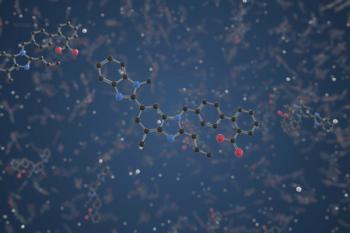
A recent study used spectroscopic techniques to quantify telmisartan and rosuvastatin in tablet dosage form and plasma.

A recent study used spectroscopic techniques to quantify telmisartan and rosuvastatin in tablet dosage form and plasma.

A study from Brazil explored how to use hyperspectral imaging and machine learning to determine the severity of Asian soybean rust.

In a recent study, researchers from China investigated the effects of incorporating environmental markers into toxicity prediction models.

Raman spectroscopy has not been used in the electroceramics industry extensively. However, according to the authors of this study, a shift is underway to change that.

A recent study from the Southern University of Science and Technology proposes a new Raman spectral preprocessing scheme based on self-supervised learning (RSPSSL).
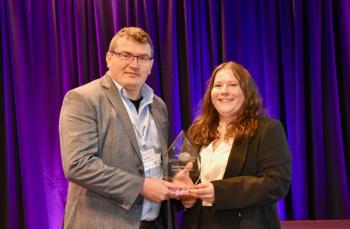
Nominate a candidate for the 2024 Emerging Leader in Molecular Spectroscopy Award!

A recent study from Jagiellonian University examined how spectroscopic techniques can aid in the detection of pancreatic cancer.
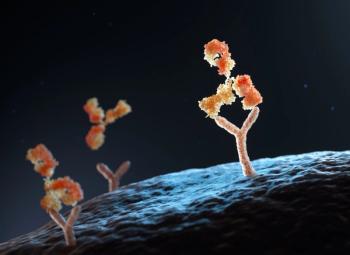
Narangerel Altangerel, Zhenhuan Yi, and Marlan Scully of Texas A&M University recently used TRIP to analyze eight protein–ligand systems. Spectroscopy recently spoke to these three researchers about their findings and what the implications are for high-throughput drug screening.
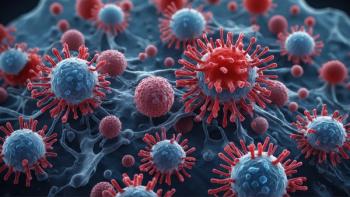
A recent study published in Advanced Photonics looks at three-dimensional (3D) imaging of cells and tissue using phase-modulated stimulated Raman scattering tomography (PM-SRST).

The interaction between surface-active compounds (SACs) and ciprofloxacin was explored in this study to further understand how variations in alkyl chain lengths of SACs impact the binding activity of ciprofloxacin.

Here, we will show the chemical and spectral changes that occur during the cure of a commercial epoxy.
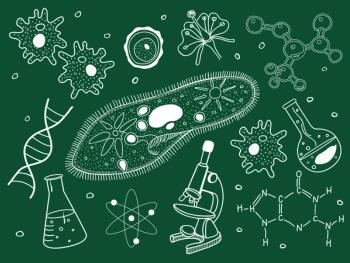
The field of analytical chemistry is well established. It’s time to develop the field of analytical biology—an emerging discipline that blends various research fields to provide a holistic view of biological phenomena.

Miri Park of the Fraunhofer Institute for Environmental, Safety, and Energy Technologies is examining how Raman spectroscopy could aid non-destructive sensing in agricultural science. Recently, Park sat down with Spectroscopy to discuss micro-Raman spectroscopy's role in assessing crop quality, particularly secondary metabolites, across different contexts (in vitro, in vivo, and in situ), while suggesting future research for broader application possibilities.

A recent study out of North-Eastern Hill University in India explores a new method that could aid the treatment of Alzheimer’s disease in patients.

A truly innovative approach to Raman spectral analysis is introduced in a newly published Applied Spectroscopy paper, utilizing a dynamic neural network modeling to significantly enhance baseline correction accuracy and offering a paradigm shift in spectral preprocessing.

The use of polarized Raman microscopy to complement the polarized light micrographs of spherulites in polymers reveals much about the orientation behavior of the lamellae in spherulites.

Researchers at NASA's Johnson Space Center, led by Ryan S. Jakubek, have unveiled a novel calibration method in Applied Spectroscopy that enhances the precision of Raman measurements conducted by the SHERLOC instrument on the Perseverance rover, providing a clearer and more accurate representation of intrinsic Raman spectral bandwidths on Mars.

An inside look at the fundamentals of Raman microscopy and how Raman can be utilized in chemical imaging and analysis, from its inception to modern applications.

This year’s conference included 12 tracks with sessions highlighting everything from mail security to art analysis and AI.

In a recent study, a team of researchers used Raman spectroscopy to study wood ash glass tessera from Malbork Madonna, revealing two phases detected in tessera for the first time, leucite and pseudowollastonite.

At the SciX Conference in Sparks, Nevada, Spectroscopy magazine sat down with Karen Esmonde-White of Endress+Hauser to talk about her career transition and how Raman spectroscopy has evolved over the years.

As a preview to SciX 2023, Spectroscopy magazine sat down with Juergen Popp of the Leibniz Institute of Photonic Technology to ask him about his research exploring the use of Raman spectroscopy in applications such as infectious diseases and cancer diagnostics.

A more successful blueprint for analyzing Raman spectral data is outlined by following the 11 important steps, which are outlined here.
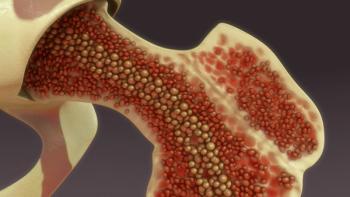
In a recent study, a research team from China used Raman spectroscopy to uncover serum biomarkers for aplastic anemia and myelodysplastic syndromes.

Bruno Pagano, full Professor of Physical Chemistry at the University of Naples Federico II (Italy), and his team have turned to UV resonance Raman (UVRR) spectroscopy to better understand these interactions. Spectroscopy spoke to Prof. Pagano about his work and the potential of UVRR spectroscopy as a valuable tool for studying G-quadruplex structures in biologically relevant conditions.